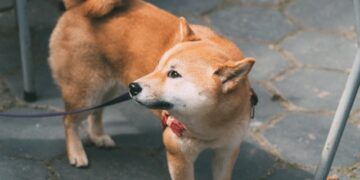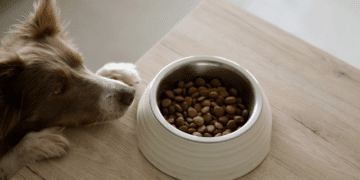Understanding Your Puppy’s Behavior
Before diving into training, it’s important to understand how puppies learn. Dogs respond best to positive reinforcement, which means rewarding good behavior with treats, praise, or toys. Consistency is key—puppies thrive on routine and repetition. Training sessions should be short, fun, and engaging to keep their attention.
Basic Obedience Training
Teaching basic commands early on sets the foundation for good behavior. Here are some essential commands every puppy should learn:
- Sit – Hold a treat above your puppy’s head and move it back slightly. As their head tilts up, their bottom will naturally lower. Reward them immediately.
- Stay – Ask your puppy to sit, then take a step back while holding your hand up like a stop sign. If they remain in place, reward them.
- Come – Call your puppy’s name in an upbeat tone and reward them when they come to you. This command is crucial for safety.
- Leave It – Place a treat in your hand and close your fist. When your puppy stops trying to get it, reward them with another treat. This teaches impulse control.
Using treats, clicker training, and enthusiastic praise makes these commands easier for your puppy to learn.
Housebreaking & Crate Training
One of the biggest challenges new puppy owners face is housebreaking. Establishing a potty schedule is essential for success. Take your puppy outside frequently, especially after meals, playtime, and naps. Praise them immediately when they go in the right place.
Crate training can also help with housebreaking. Choose a crate that’s just big enough for your puppy to stand, turn around, and lie down. Make it a comfortable and safe space with soft bedding and toys. Never use the crate as a punishment.
Socialization & Preventing Behavioral Issues
Socialization is a critical part of puppy training. Expose your puppy to various environments, sounds, people, and animals to help them grow into a confident adult dog. Arrange puppy playdates, visit pet-friendly stores, and introduce them to new experiences gradually.
If your puppy shows signs of fear or aggression, address these behaviors early. Proper socialization can prevent common issues like excessive barking or separation anxiety.
Leash Training & Good Walking Habits
Leash training is essential for safe and enjoyable walks. Start by letting your puppy wear a lightweight collar and leash indoors. Encourage them to walk beside you by using treats and praise. If your puppy pulls, stop walking and wait until they return to your side before moving forward. Avoid pulling back on the leash, as this can encourage resistance.
Common Puppy Training Challenges & Solutions
Even with the best efforts, training a puppy comes with challenges. Here are some common issues and how to handle them:
- Biting & Nipping – Puppies explore the world with their mouths. If your puppy bites, redirect them to a chew toy and withdraw attention if they persist.
- Barking – Identify the cause of barking and address it. If it’s boredom, increase exercise and mental stimulation. If it’s excitement, train your puppy to stay calm before rewarding them.
- Chewing – Provide plenty of appropriate chew toys and puppy-proof your home. If they chew on furniture, redirect them to a toy and praise them when they choose it instead.
- Stubbornness – Stay patient and consistent. If your puppy isn’t responding, evaluate your training methods and try a different approach.
Final Tips & Encouragement
Training a puppy requires time and commitment, but consistency and patience will lead to success. Keep training sessions short, positive, and rewarding. If you encounter persistent issues, consider working with a professional trainer.
By using these puppy training tips, you can raise a well-mannered, obedient, and happy companion. Start training today, and enjoy the journey of bonding with your new furry friend!









